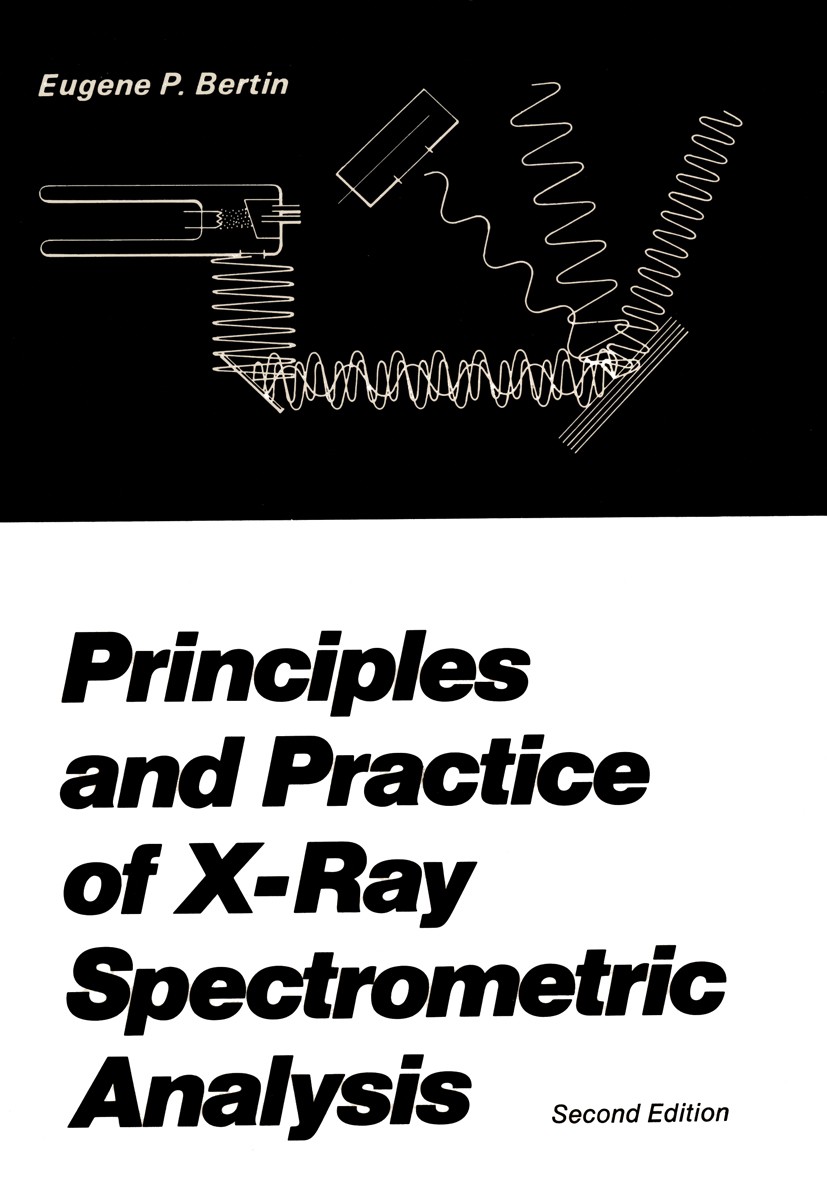| 書目名稱 | Principles and Practice of X-Ray Spectrometric Analysis | | 編輯 | Eugene P. Bertin | | 視頻video | http://file.papertrans.cn/756/755420/755420.mp4 | | 圖書封面 |  | | 描述 | Since the first edition of this book was published early in 1970, three major developments have occurred in the field of x-ray spectrochemical analysis. First, wavelength-dispersive spectrometry, in 1970 already securely established among instrumental analytical methods, has matured. Highly sophisticated, miniaturized, modular, solid-state circuitry has replaced elec- tron-tube circuitry in the readout system. Computers are now widely used to program and control fully automated spectrometers and to store, process, and compute analytical concentrations directly and immediately from ac- cumulated count data. Matrix effects have largely yielded to mathematical treatment. The problems associated with the ultralong-wavelength region have been largely surmounted. Indirect (association) methods have extended the applicability of x-ray spectrometry to the entire periodic table and even to certain classes of compounds. Modern commercial, computerized, auto- matic, simultaneous x-ray spectrometers can index up to 60 specimens in turn into the measurement position and for each collect count data for up to 30 elements and read out the analytical results in 1--4 min-all corrected for absorption | | 出版日期 | Book 1975 | | 關(guān)鍵詞 | Chromat; Lithium; Phosphor; Platin; X-ray; chemical analysis; circuit; energy; material; physics; qualitative | | 版次 | 1 | | doi | https://doi.org/10.1007/978-1-4613-4416-2 | | isbn_softcover | 978-1-4613-4418-6 | | isbn_ebook | 978-1-4613-4416-2 | | copyright | Plenum Press, New York 1975 |
The information of publication is updating

|
|
 |Archiver|手機(jī)版|小黑屋|
派博傳思國際
( 京公網(wǎng)安備110108008328)
GMT+8, 2025-10-8 15:13
|Archiver|手機(jī)版|小黑屋|
派博傳思國際
( 京公網(wǎng)安備110108008328)
GMT+8, 2025-10-8 15:13


